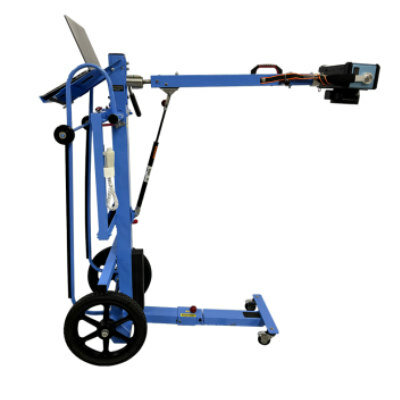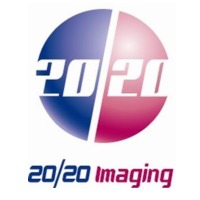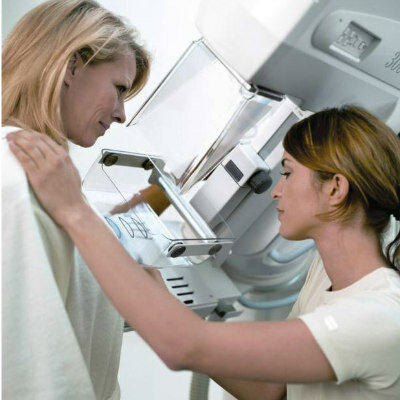Using Specialized PET/CT Scanning to Detect Cancerous Tumors
By MedImaging International staff writers
Posted on 17 Aug 2010
A university medical center is the first in the United States to perform a specialized positron emission tomography/computed tomography (PET/CT) scan to locate the presence of tumors effectively. Posted on 17 Aug 2010
Researchers from Vanderbilt University Medical Center (Nashville, TN, USA) and affiliated VA (Veteran's Administration) Tennessee Valley Healthcare System (Nashville, TN, USA) conducted the study. The improved imaging allows surgeons to more easily locate and remove cancerous tumors, according to Ronald Walker, M.D., professor of radiology and radiological sciences. Dr. Walker and Jeffrey Clanton, associate in radiology and radiological sciences, performed the first U.S. diagnosis at Vanderbilt on a 49-year-old lung cancer patient. "The current method of imaging tumors can best be described as trying to see the sun through the clouds,” Dr. Walker said. "But this new radiotracer removes all of the clouds.”
The 68Ga-DOTATATE PET/CT scan offers higher resolution and sensitivity locating tumors. Although performed in Europe, this specialized type of radiologic scan has been viewed in the United States as offering only limited benefit to a small number of cancer patients. However, a recent increase of neuroendocrine cancers seen at Vanderbilt led Dr. Walker and his associates to more widely apply usage of this new technology.
Eric Liu, M.D., assistant professor of surgery and a faculty member with the Vanderbilt-Ingram Cancer Center, is working with Dr. Walker and the department of nuclear medicine to assemble a team of physicians, including surgeons, medical oncologists, endocrinologists, radiologists and nurses, who are actively preparing studies to test its effectiveness in locating neuroendocrine lesions.
"Our goal is to offer our patients the comfort and security of knowing that soon we will be able to see much more clearly with this tracer, and can then surgically remove all of their tumors--not just some of them,” Dr. Liu said. "We know that taking a comprehensive approach to both diagnostics and therapy will enable us to improve the lives of patients suffering from this all-too-often hidden disease.”
Vanderbilt expects to open an operational neuroendocrine center in early 2011. Once opened, Dr. Liu and colleagues will begin clinical trials using the radiotracer and other modalities. Already, Vanderbilt treats several hundred patients with neuroendocrine cancer.
"Once we have this technology in place, we will be able to offer patients what no one else yet can,” said Naji Abumrad, M.D., professor and chair of the department of surgery. "Accurately diagnosing the disease is just the first step. Soon we'll be able to offer a variety of proven therapeutic treatments, including targeted chemotherapy, radiopeptide therapy, and surgery.”
Related Links:
Vanderbilt University Medical Center
Tennessee Valley Healthcare System














